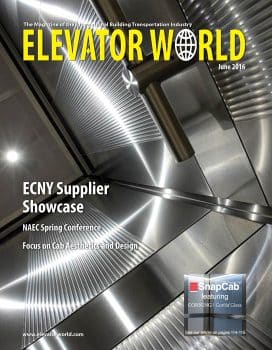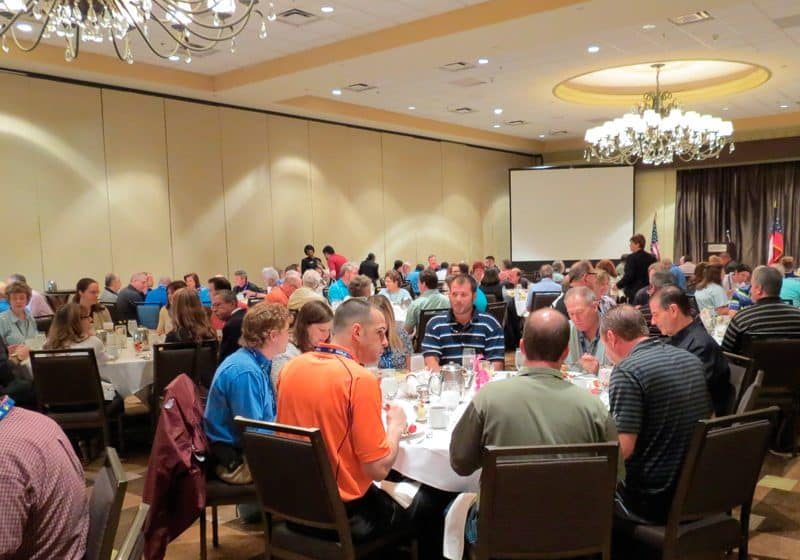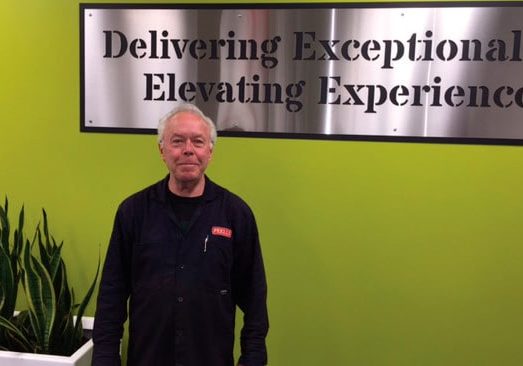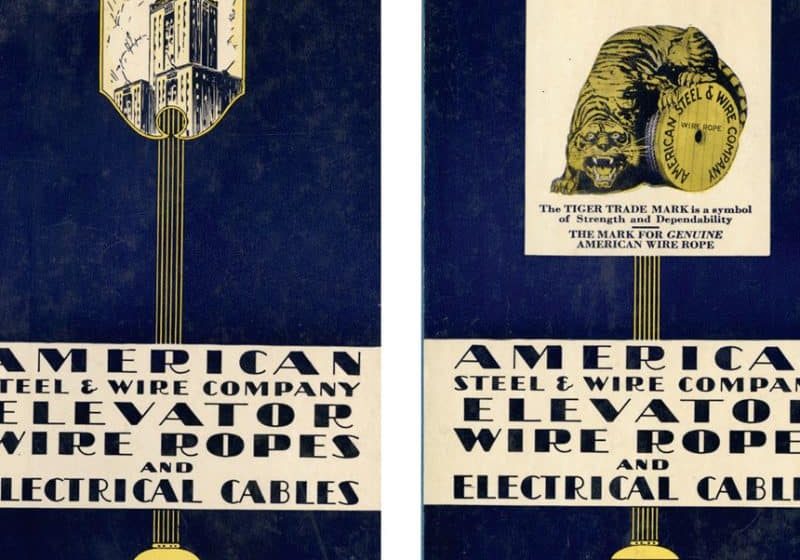A Perfect Fit
Jun 1, 2016

SnapCab, Gorilla® Glass collaboration is hitting its stride, and the future looks bright.
Ask SnapCab Director of Architecture Evan Epstein to describe the growth of the elevator interior company’s collaboration with Corning Gorilla Glass (ELEVATOR WORLD, August 2014) in one word, and it is “explosive.” Cab panels made of the durable, versatile, lightweight, scratch-resistant glass (used for years to protect smartphones and tablets) are gaining traction among customers as they come to understand its benefits. In the two-plus years since the relationship was born, Epstein states:
“We have made hundreds of cabs, with demand increasing each month. We are seeing requests come in from all over, including Hawaii, Puerto Rico, Canada, the Caribbean, as well as the contiguous U.S. states. The architecture and design communities are really interested in glass these days, and when the elevator companies bring Gorilla Glass as a value-engineered, lightweight, durable option, it’s a no-brainer.”
SnapCab’s Gorilla Glass panels are manufactured for the U.S. market in a 45,000-sq.-ft. facility in Warrington, Pennsylvania (approximately 45 min. north of Philadelphia), that employs 75. Its Canadian manufacturing plant is in Kingston, Canada. SnapCab has sales offices in Arizona and Texas, and is planning to add another in Chicago.
Interesting Roots
One man’s determination to find the solution to a problem was responsible for what would become SnapCab, founded by master woodworker and SnapCab CEO/owner Glenn Bostock in Bucks County in 1995. Bostock studied Fine Woodworking at Bucks County Community College in Newtown, Pennsylvania, and crafted fine, ecclesiastical furniture during an apprenticeship at the historic Bryn Athyn Cathedral in Bryn Athyn, Pennsylvania.
In 1983, Bostock opened his own high-end furniture and custom-cabinet shop, and began to renovate elevator interiors in 1989 — a very small niche at the time.
During the next seven years, it was not out of the ordinary for Bostock to spend a whole week on a single elevator-interior job. The process was complex and time consuming, and Bostock believed there had to be a better way. Thus, SnapCab was born when Bostock “put his skills and experience to work and developed a patented system of interlocking panels,” according to the company, adding that the system “not only simplified jobs, but lowered cost and improved quality.”
The systematic attention to detail established by Bostock persists in the company today. SnapCab states it delivers precise, turnkey solutions for customers. Since SnapCab began offering Gorilla Glass for elevator cabs, it has expanded the line to include panels for lobbies, hallways, entrances and conference rooms — “virtually anywhere a designer can imagine wall panels,” according to Epstein. Media walls have become popular, he states. This is where SnapCab adds an active display behind the glass and incorporates speakers into the panels “for a seamless, audio-visual experience,” Epstein says.
Product growth has not come without significant effort on the part of SnapCab staff. They are constantly spreading the word about Gorilla Glass panels through face-to-face meetings. Epstein remarks:
“Many people are confused when they see how thin the glass is, and don’t believe it is actually glass. They say, ‘But it’s similar to glass, right?’ or, ‘Can we decorate it like glass?’ Make no mistake. Gorilla Glass is a glass product, but it is an ultra-thin, chemically strengthened glass. This product really needs to be seen to be understood. But, once it is showcased, everyone loves it.”
The healthcare and hospitality industries have been particularly receptive to the product, Epstein says. SnapCab just completed a major job that involved glass panels with custom images for more than 80 elevator cabs within a regional hospital system. The project was vast, representing a coordinated effort involving SnapCab, Dignity Health, multiple elevator maintenance companies and dozens of offices over several states.
SnapCab makes it a point to attend major elevator-industry tradeshows to support its clients and showcase what’s new. These shows include the National Association of Elevator Contractors conventions in the spring and fall, International Association of Elevator Consultants events and Elevator U. “We also support the architecture and design communities by exhibiting at the American Institute of Architects show and NeoCon,” Epstein adds. “Moreover, we support building owners/managers at the Building Owners and Managers Association tradeshow and at many local chapter events across the country.”
Corning’s Director of Innovative Glass Solutions Hank Dunnenberger has said that Corning’s decision to collaborate with SnapCab was sealed when Corning interviewed various SnapCab customers and learned that it is a company that can be counted on to do what it says it’s going to do. This driven, can-do attitude permeates company culture, as illustrated by SnapCab’s focus on Lean manufacturing, which, according to SnapCab, results in “orders delivered on time, on budget and at the highest quality.”
Future Trends
Gorilla Glass panels continue to evolve. SnapCab currently works with an anti-glare product that imparts a real-life look to printed surfaces, such as those with a veneer or marble look. Corning has the ability to make antimicrobial glass, which is ideal for certain medical settings but in smaller sizes than what architects typically want. “This is just another exciting product we see being released in the not-too-distant future,” Epstein states. SnapCab has also had more customers ask about interactive displays. Epstein observes: “I see interactive displays on the near horizon as the next-generation design upgrade.”
Get more of Elevator World. Sign up for our free e-newsletter.







